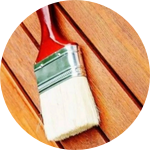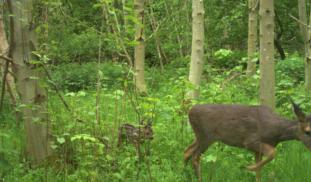Please wait...
About This Project
Camera traps photos tell you what animals are in an area, but figuring out how many is tricky. E.g. two foxes in a photo doesn't mean there are only two; or a camera might see the same fox twice. But, knowing how many is key to answering questions like "Is the population of a species declining?" We're making a low-cost 3D vision add-on for camera traps. This is because 3D photos include spatial information, and existing mathematical models can use it to make much-needed population estimates.
More Lab Notes From This Project

Browse Other Projects on Experiment
Related Projects
Real-time underwater fish identification and biomonitoring via machine learning-based compression of video to text
Underwater monitoring of marine life has traditionally followed a "set it and retrieve it” approach due...
Combining eDNA & Biologging Technologies to Capture Deep-Sea Predatory Interactions Between Whales & Prey
We aim to combine eDNA sampling and biologging to study predator-prey interactions in the deep sea in real...
Can A Low-Cost Camera & Loitering Guard Better Monitor Marine Protected Areas?
Marine Protected Areas (MPAs) are difficult to enforce due to their remoteness and often invisible borders...





